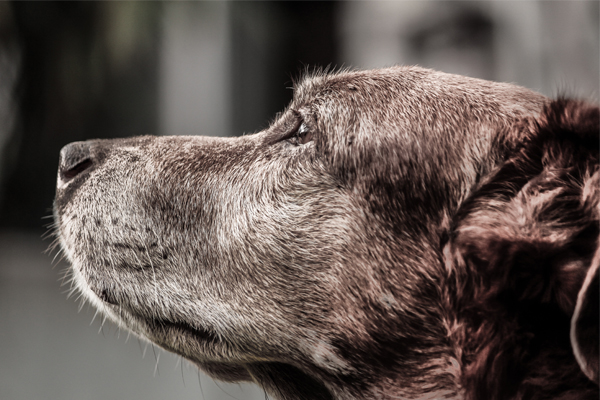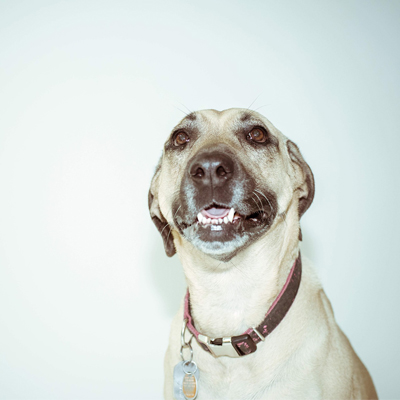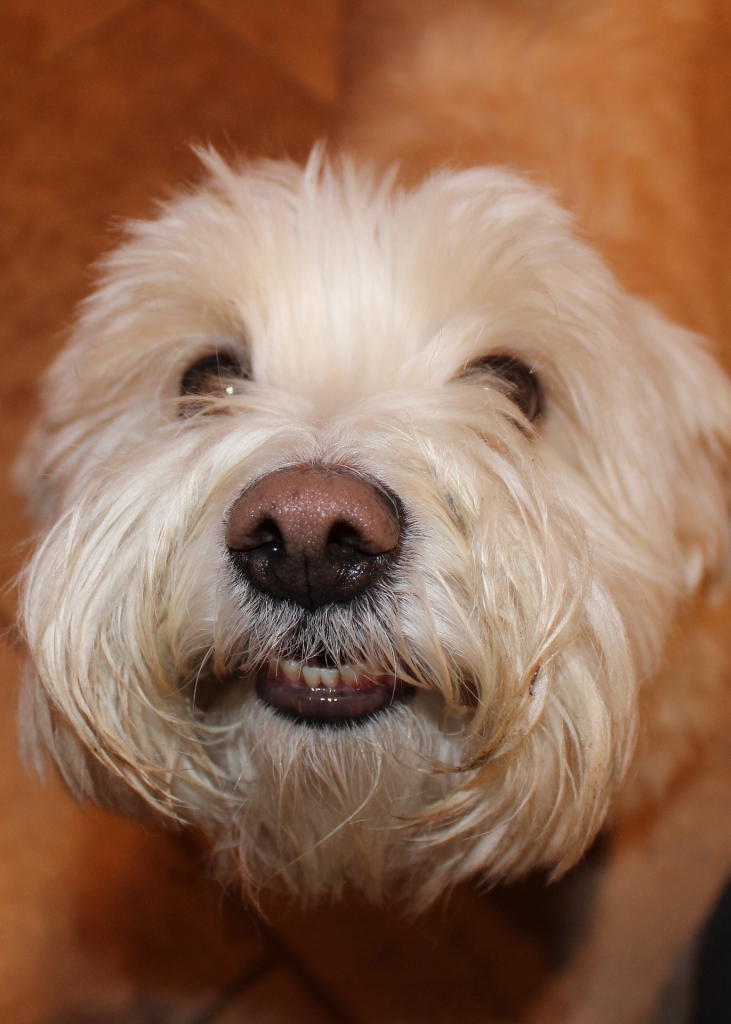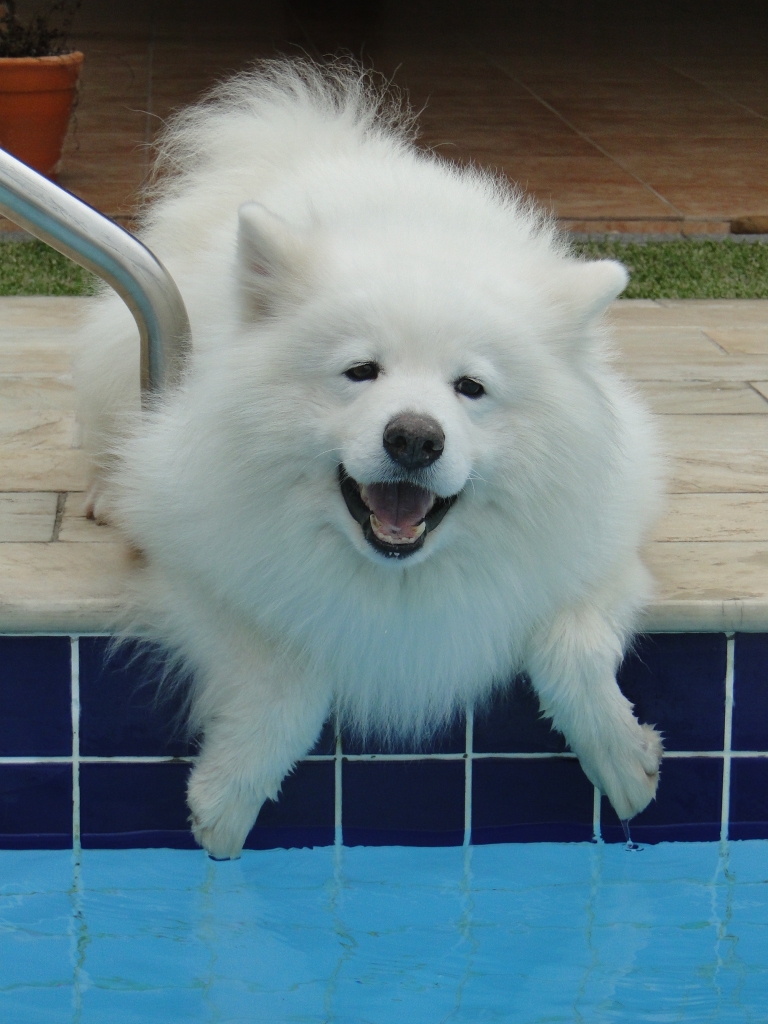Pet Health & Wellness

Puppies & Kittens
The initial examination that your puppy or kitten receives from your veterinarian is critical to its well-being and long-term health. Your doctor will pay particular attention to the proper growth and development of the eyes, ears, teeth and enamel, skin and nails, and internal organs. Each youngster will be checked for hereditary or nutritional deficits and the absence of external parasites.
Puppies and kittens receive natural immunity against many diseases within the first few hours of life from their mother’s milk–the colostrum–but this protection is short-lived. Your doctor will recommend a vaccination program that will protect your puppy or kitten against the many serious, life-threatening diseases to which young animals are susceptible.
Taking into account animal health care threats that may vary by local conditions, over the course of several visits you may expect your pup to be vaccinated against: distemper, hepatitis, kennel cough, leptospirosis, parainfluenza, parvovirus and rabies.
Kittens are tested for viral diseases and vaccinated to prevent: calicivirus, chlamydia, distemper, leukemia, rhinotracheitis and rabies.
Laboratory tests to ensure your little friend is free of internal parasites (which also can be transmitted to humans) may be recommended.
Our team is eager to provide accurate information and explanations about new puppy or kitten behavior, offer practical strategies to prevent problems of developing pets, or advice to correct early behavioral issues.
Senior Pet Care
Since each year for a dog or cat is the equivalent of 5-7 human years, it is important that your pets receive a wellness examination annually, at a minimum. By age 7, he or she is considered a senior member of the community, and more frequent exams are recommended. The accelerated aging of a pet resulting in a shorter life span for animals compared to humans means that a pet’s health can change dramatically in a very short period of time.
The aging process applies to animals and people in the same way; associated changes naturally occur in behavior, anatomy, and physiology. Your veterinary team will pay careful attention to the older pet’s orthopedic status, cardiovascular system, and ophthalmic condition.
Dr Anand will discuss with you the normal developmental processes of your aging pet and any diagnosed deviations from what is considered within normal limits. He or she may also recommend appropriate blood tests for the older adult and suggestions for the use of products that can be of benefit.


Oral & Dental Health
Often overlooked as it relates to a pet’s comprehensive health status, animal dental care is needed to provide quality of life and optimal well-being. If left untreated, diseases of the mouth, gums, or jaw are not only painful to your companion, but may also be contributing factors to more widespread systemic disease processes. The American Veterinary Dental Society reports that 70-85% of dogs and cats show signs of oral disease by age 3.
The beginning and severity of periodontal disease depends on age, breed, diet, and at-home care, with younger, small breed dogs typically presenting with infection earlier than large breed dogs. Abnormal signs and symptoms of dental abnormalities include pain, bad breath, excessive drooling, fractured or loose teeth, swelling or bleeding of the gums, tumors, sores, or wounds.
We make certain that your pet receives proper dental care from the start. Our oral examination is the basis of the preliminary treatment plan for your pet. A comprehensive, specific plan can only be determined after your animal has been placed under anesthesia and x-rays of the oral cavity have been taken. General anesthesia is necessary for pets undergoing dental treatment.
While it is understandable that pet owners may be concerned about bad breath and unsightly tartar accumulation, regular dental care is more than cosmetic. Tartar and plaque, often invaded by bacteria, need to be removed to counteract subsequent infection, gingivitis, or pyorrhea (infection of tissues surrounding the teeth), with 60% of disease occurring below the gum line.
Your Veterinary staff is well-skilled and equipped to perform dental procedures such as:
- Ultrasound De-Scaling of Tartar
- Deep-gum Cleaning
- Fluoride Treatments
- Tooth Polishing
- Extractions
After your pet’s treatment, we discuss home dental care for your companion animal in order to understand how to maintain a disease-free oral cavity and to maximize his or her comfort and quality of life.
HAVE YOUR PET’S TEETH CLEANED PROFESSIONALLY: Did you know about 85% of dogs and cats have some form of periodontal disease? Proper dental care is critical to a pet’s overall good health. If oral infection–such as periodontal disease–is left untreated, bacteria can travel through the bloodstream and damage internal organs. Animals can suffer the same kinds of dental problems as humans, including infection, severe pain, and fractured teeth.
Periodontal disease warning signs include:
- Bad Breath
- Tartar (Yellow) Buildup on the Teeth
- Swollen, Receding, or Bleeding Gums
- Change in Eating Habits
- Excessive Drooling
- Fractured or Abscessed Teeth
DENTAL PREVENTATIVE CARE
Dental care for animals is similar to dental care for humans, only animals can’t brush their own teeth. To prevent dental programs, select one or more of these options:
- Brush pet’s teeth with specially formulated pet toothpaste. Do not use toothpaste formulated for humans
- Use C.E.T. Enzyme chews daily to help break down plaque and tartar
- Schedule regular professional teeth cleanings


Wellness
We are committed to prevent disease and detect illnesses early in your pet. Comprehensive physical examinations will be performed, appropriate vaccines will be administered, pro-active, prevention treatments will be advised, species-specific screening tests will be recommended, and sound behavioral training strategies will be discussed with you.
As with you and your family members, it is often easier, more comfortable, and less costly to prevent–rather than treat or cure–injury or sickness. We are your pet’s advocate, and he or she will make every effort to maintain the best possible quality of life and health for your pet.
Traveling
AIRPLANE TRAVEL WITH YOUR DOG
I’m planning to travel by air and would like to take my dog with me. What are some of the factors I need to consider before taking my dog on an airplane?
Having your dog accompany you during travel may add enjoyment to your trip. It’s important to keep your dog’s safety in mind when traveling, so be sure to check with the airline well in advance of your trip. Familiarize yourself with the airline’s pet requirements so that you can avoid any last minute problems. Here are some basic tips for airline travel with your dog:
- If possible, avoid flying your pet as checked cargo during times when temperatures on the ground are likely to be below 40oF (4 C) or above 80oF (21 C). Some airlines will not check pets as baggage in the summer months because of potentially hot conditions in the cargo holds.
- Take direct flights and try to avoid connections and layovers. This eliminates missed baggage
- connections and the chance that your dog will be left exposed in extreme weather.
- Many airlines will allow one pet to travel in coach and one in first class, with some provisions. Some airlines limit the number of pets traveling within the cabin area so be sure to notify the airline that your dog will be traveling with you. Your dog must be in a standard cage that will fit under the seat and must not disturb your fellow travelers. Obviously, only small dogs qualify for this type of accommodation.
- Seek the advice of your veterinarian before traveling. Update all vaccinations and take all necessary health papers with you. A health certificate for your dog may be required many flights. If you are traveling to a foreign country, be aware that many countries require a specific international health certificate. It may take several days or even weeks for your veterinarian to acquire the form so plan well in advance. You might also inquire about possible requirements to quarantine your dog should you be traveling to a foreign country or an island.
- 5. If possible, use airlines that hand carry your dog (inside the cage) to and from the aircraft. Otherwise,
- the cage could simply be placed on a conveyor belt.
- 6. Do not feed your dog for six hours before the flight; allow water until flight time. Water should be available in the cage during the flight. Give the dog fresh water as soon as it arrives at your destination.
- 7. Avoid the busiest travel times so airline personnel will have extra time to handle your dog.
- 8. Do not tranquilize your dog without first discussing it with your veterinarian.
- 9. Make sure the cage has specific feeding and identification labels permanently attached and highly
- visible.
- 10. Baggage liability limitations apply to your dog. Check your ticket for liability limits or, better yet, speak directly with the airline. If you are sending an economically valuable pet, you may want to purchase additional liability insurance.
- 11. Be aware that airline travel may pose a risk for dogs with a pre-existing medical problem. For example, you should carefully consider traveling by plane with a dog that has kidney or heart disease. Also, one study has shown that short-faced breeds of dogs (English bulldogs, Boston terriers, Pekinese, etc.) do not travel well in certain situations. Discuss these issues with your veterinarian prior to travel.
What do I need to consider when buying a travel carrier or cage?
Your dog’s travel cage will be its “home” for much of your trip. It’s important to choose the right cage. Here are some helpful guidelines:
1. The cage should be large enough for your dog to stand up and turn around freely. Crates are available for dogs from two to two hundred pounds. Make sure it is an “airline-approved” crate.
2. The walls of the crate should be strong and waterproof. This will prevent crushing and waste (urine) leakage.
3. There must be adequate ventilation on at least three sides of the cage.
4. The cage must have sturdy handles for baggage personnel to use.
5. The cage should have a water tray which is accessible from the outside so that water can be added if needed.
6. Cover the bottom of the cage with an absorptive covering or underpad. Check with a pharmacy for the flat absorbent underpads that are designed for bedridden people with bladder control problems.
Pet stores, breeders, and kennels usually sell cages that meet these requirements. Some airlines also sell cages that they prefer to use. Check with the airline to see if they have other requirements.
Try to familiarize your dog with the travel cage before you leave for your trip. Let your dog play inside with the door both open and closed. This will help eliminate some of your dog’s stress during the trip.
What about carry-on kennels for my small pet?
Small pets can usually be transported in the passenger cabin as long as the container will fit under the seat. Be sure and check with the airline regarding their specific carry-on requirements. Sometimes there are restrictions on the number of pets allowed in the cabin on a flight. There also may be an extra charge.
Soft, airline-approved, carry-on kennels, sometimes called Sherpa bags, are available.
Is there any other advice that might be useful as I prepare for my trip?
By applying a few common sense rules, you can keep your traveling dog safe and sound.
1. Arrange ahead of time to stay in a hotel that allows pets. Many bookstores carry travel guidebooks with this type of information. There are also helpful websites, such as www.petswelcome.com, or www.travelpets.com.
2. Make sure that your dog wears a collar with an identification tag securely fastened. It should have
your name, address, and telephone number.
3. Always travel with a leash-harness for your dog. This is more secure than a collar. Familiarize your dog with the harness before the trip. Attach your dog’s leash while it is still inside the cage. Outside the cage, a frightened dog can easily run away before you have a chance to secure it.
4. If you leave your dog unattended in hotel rooms, make sure that there is no opportunity for escape. Leave the dog in the cage or in the bathroom. Be sure to inform housekeeping personnel of your dog and ask that they wait until you return before entering the room. Use the “Do Not Disturb” sign.
5. Should your pet get lost, contact the local animal control officer. Consider a pet identity microchip.
Remember, advance planning is vital to making the trip an enjoyable experience for both you and your dog.


Ear Care
How to clean your pet’s ears.
Clean Pets Ears
How to medicate your pet’s ears.
Related Links
General Pet Sites
Town Hall is your prime local source for pet licences.
The ASPCA exists to promote humane principles, prevent cruelty and alleviate fear, pain and suffering in animals.
Visit the ASPCA’s Animal Poison Control Center website for any animal poison-related emergency.
If animals were able to talk, you would find their voices at The Humane Society of the United States. The Humane Society promotes the protection of all animals. Here you will find many wonderful animal-related stories and lots of valuable information on pet care, pet adoption and animal welfare issues.
Solutions to your Pet’s Behavior Problems provided to you by the SPCA.
Are you looking to adopt a pet? Are you looking for a lost pet? You can do both at PetFinder.com.
Cat Related Sites
Cornell University Veterinary School’s Feline Health Center website contains information on medical topics relating to cat health care..
Information about Feline Hyperthyroidism
The Internet Guide to Feline Diabetes.
Traveling With Your Pet
Basic information on domestic and international travel of pets by the US Department of Agriculture


